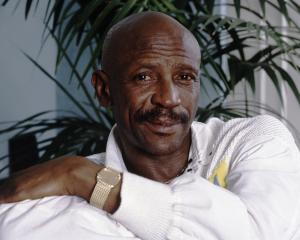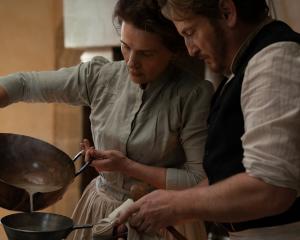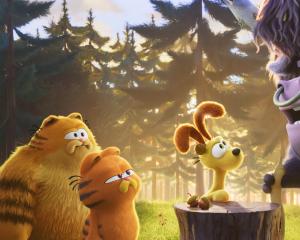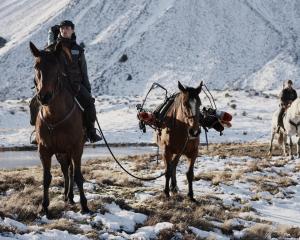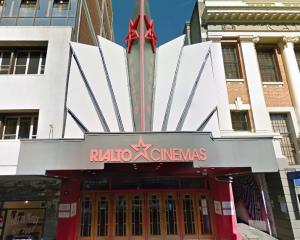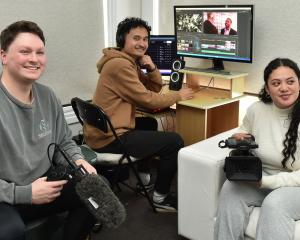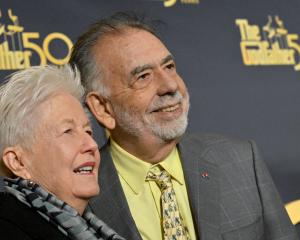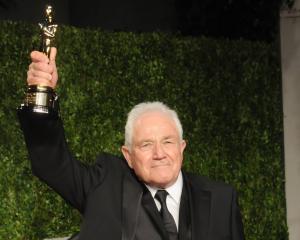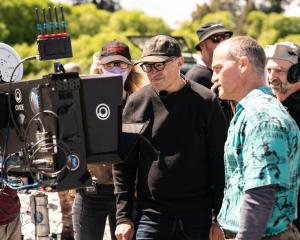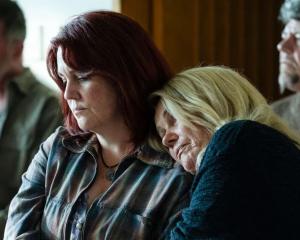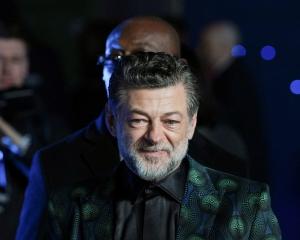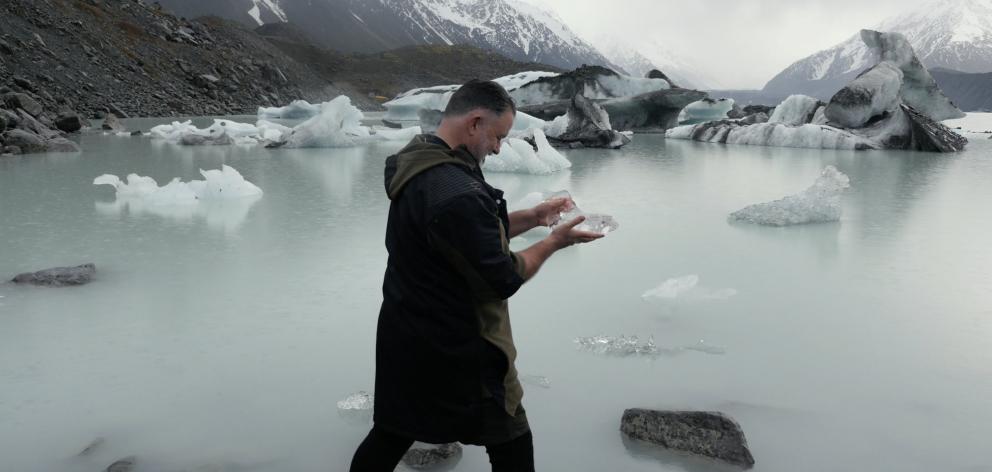
Hearing the cracking and creaking of the Haupapa/Tasman Glacier as it melts into a lake, New Zealand’s fastest-growing body of water, brings it alive.
A group of artists and scientists are bringing that experience into the gallery space with "Ngā raraunga o te Mākū: te hā o Haupapa", a dynamic audio-visual installation which changes in live time depending on the weather at the glacier.
The Haupapa Glacier, New Zealand’s largest at 23km long, first came to artist and film and video maker Janine Randerson’s attention when she did a project at Franz Joseph Glacier but she had never been there. She heard climate scientist Jim Salinger urge people to visit it as soon as possible as it was melting so fast.
"For a long time I’d been wanting to go to that. I wanted to get an understanding of what was happening in the glacial region."
She was on her way to visit Aoraki/Mt Cook National Park when she heard Maori elder Ron Bull speak at a conference at the Dunedin School of Art.
"I was really captivated by the way he was telling the stories of the whenua. It was amazing to go there with Ron’s stories already in my head."
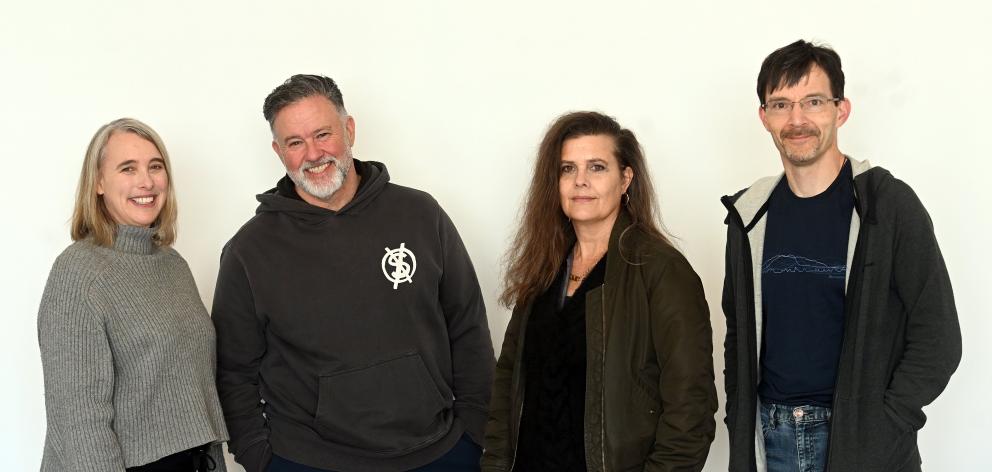
"It was exciting to see her work and thinking was going in that direction as well."
Together they began to think how they could work in a "live" way, incorporating Bull’s stories of the whenua as well as Shearer’s sound recordings and Randerson’s video to represent the "breath of the glacier".
So they brought in computer scientist Stefan Marks who specialises in creating 3D immersive environments to transform data into stories and experiences. Like Randerson and Shearer, he also works at Auckland University of Technology.
Together, with Bull, they began to think about not what they could take away from the glacier but what they could "offer and gift".
"How we could spend time there and honour the ancestors in this time of intense transformation."
For the scientific basis for their work they consulted glaciologist Heather Purdie from the University of Canterbury. Purdie met Randerson and Shearer at the glacier, guiding them for the first time they visited as a group.
"We spent lots of time building up and creating a relationship with place. We started to centre the project around breath, our breath as people and place, ways our bodies also produce carbon as we walk through place and how that is stored in the glacier — the gases, the pollens, the sea breezes, the ash from volcanic eruptions or bush fires."
Bull says when invited into the project one of the first things that he noticed was the name Haupapa which contains the word "hau" which is wind, but "in essence it is about the ‘ha’, the breath".
"When we go into places like that we manifestly change the environment through the way we interact and impact upon it even if the interaction or impaction is very slight and sometimes unseen.
"That made me think of the breath of those ancestors, but the ancestors in so far as the breath of tupuna, of those who had been through the landscape before who talked about the landscapes and named the landscapes."
For this project he looked at the naming of the different lakes in the area and that Haupapa was not named as a lake as it was a field of ice at that time.
"The slight interactions and changes that have been made through that ice. We think of the places where the tupuna have walked but also the Atua, the gods have walked in a Western perspective."
For Bull Atua means natural phenomenon and the breath of the natural phenomena in Haupapa is the breath of the different winds that blow.
"When we understand the direction, impact and causality of the winds and we understand that different whakapapa then you get to understand how it interacts with the landscape and our place within that. We get to understand how the two whakapapas align."
From the discussions with rest of the team, Bull says what really struck him was the idea of the breath of the atua being caught in the ice.
"When that ice shrinks the breath is being released. It’s unique breath that has never been breathed or used by humans. It’s been locked up since the time of the Atua, people have never breathed that air until we go in. When we breath it in we take in the beautiful breath of Atua and of course when we breath out we are putting other stuff out."
From his perspective the thinking about the breath and the "hau" and with wind of the ancestors and the Atua and the understanding of that being whakapapa, that layering over time that all forms the current context and also informs the future.
"All of those different winds and all of those different layers contain different data sets. When we can read our way through the whakapapa we can understand what has happened in the past and what might happen in the future."
So Shearer recorded Bull speaking the names of the winds into the atmosphere from a boat on the lake that was once the glacier, going as close to the ice as they could.
"The exaltation of breaths saying those names of the winds that have been caught in the ice and released was important."
Randerson says the experience was very moving.
"It was very misty, moist weather as well."
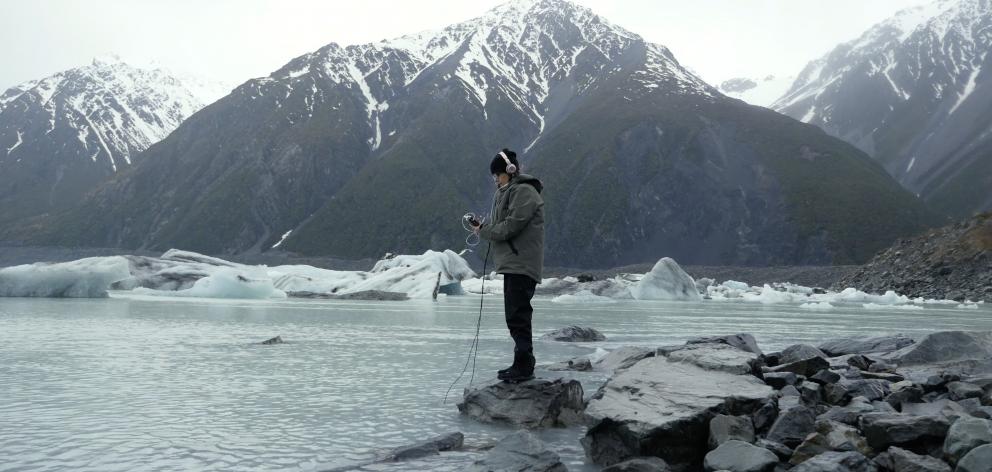
"You could hear very clearly all the movement, the collapsing that was happening in the glacier and those sounds feature in the installation. They tell a clearer story of the movement and what is happening inside that glacier."
Randerson says a key moment of the experience was when Shearer handed her the headset and urged her to listen.
"Thirty metres below in this deep lake and you could hear the sounds of the cracking glaciers almost sounding like immense construction sites or buildings falling down. It was this powerful sense of how much change was happening above water but also how much was happening below."
Shearer also felt she was recording sounds from the historical matter such as pollens that is being released alongside the breath in the water as the glacier melts.
"Anything that was captured within those layers as they melt floating for a time under water before they lift up to the surface and out to the atmosphere.
"I was imagining aspects of that being caught or somehow spoken into the recordings as well."
Randerson says they were thinking of states of transitions as well as ice melting to liquid to evaporation as gases into atmosphere.
"On one hand you have the loss of this glacier but at the same time we have this gain of this amazing watery world and the freshwater flowing through the landscape.
"There was a sense that this wouldn’t be a work of mourning but an attuning to that state of transition the glacier is in."
Randerson shot still photographs and recorded "intimate" close-up video shot partly underwater with a long boom pole. That allowed the camera go down a few metres deep, close to some of the ice carvings which are matched with the sounds.
"To get that quite haptic sensory view from the interior and we might relate that body of ice to our bodies in some way through those sounds."
Once all the material was collated it was handed to Marks.
"It hasn’t been cut by me or Rachel or anyone else from beginning to end in a linear sort of way, it’s a completely non-linear responsive audio visual installation," Randerson says.
Marks, who has worked with artists on projects before and enjoys the experimentation it requires, wrote software specially for the online version and then the installation which mixes together the sounds, voice of Bull and the video and stills depending on the weather at the glacier at the time.
"When I heard the hydrophonic recording the first time it was very emotional."
Using live data provided from Niwa instruments (under a special agreement) at the glacier of real-time weather conditions including rain, snowfall and wind directions, the installation alters its brightness, direction and movement of images and sound such as which wind names are called out.
"Sometimes we wish it wouldn’t when someone wants to take a screen shot of the work and its currently night there so they see a black and white version of it but there is nothing I can do — it determines what is happening."
The installation at Blue Oyster Art Project Space is the third iteration of the project. The first time it was online, allowing people to read the data that makes it work, while the second time the data was hidden, allowing people to experience the video and sound in an immersive room.
Responding to feedback that people were interested in what was happening with the data set and how it affected the images, this version will enable people to see both.
The back room at Blue Oyster will be used as the data or engine room where the data will appear in graphic form with its own specific sounds while the gallery space will feature the video and sound installation.
"On a bright, sunny day you’ll see images of bright, sparkly ice and on a rainy day you’ll see images of water and darker cloudier water and the sound will come from different speakers, depending on the wind direction."
A new addition to the installation will be a wind wand which will show the change in wind direction and the strength of the winds. Bull’s voice comes forward as the winds change.
During the day the gallery’s curtains will be closed so people have to come inside to see the work on a large "ephemeral ghostly" paper screen while at night time they will be open so people can look in and see the projection.
To see
Ngā raraunga o te Mākū: te hā o Haupapa, Blue Oyster, Sept 14 to Oct 28.
Artist talk on Saturday, Sept 15 at 11.30am with Ron Bull, Stefan Marks, Heather Purdie, Janine Randerson, and Rachel Shearer.

